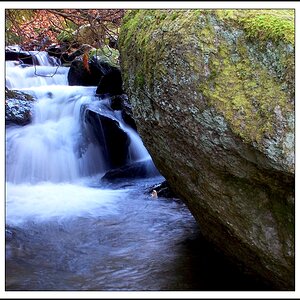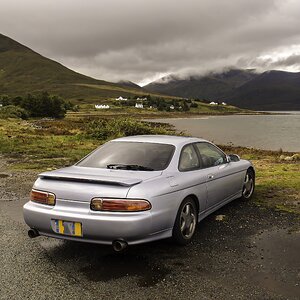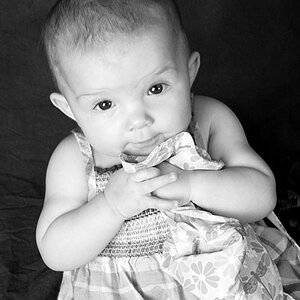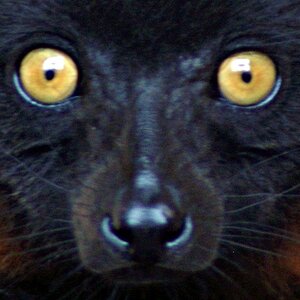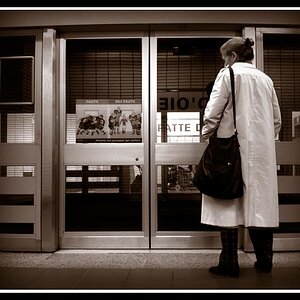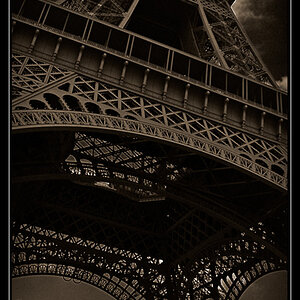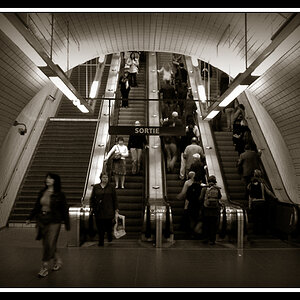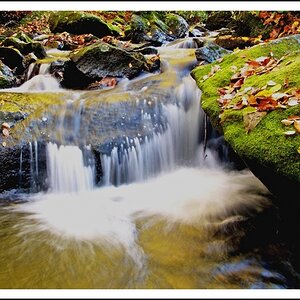hamlet
No longer a newbie, moving up!
- Joined
- Sep 12, 2013
- Messages
- 2,894
- Reaction score
- 435
- Location
- Belgium
- Can others edit my Photos
- Photos OK to edit
I just saw a Teleconverter on sale and i got an idea to use it on 35mm or 50mm 1.8g to increase your reach. What do you think about this idea? Could this potentially save people lots of money? Is this a good idea?


